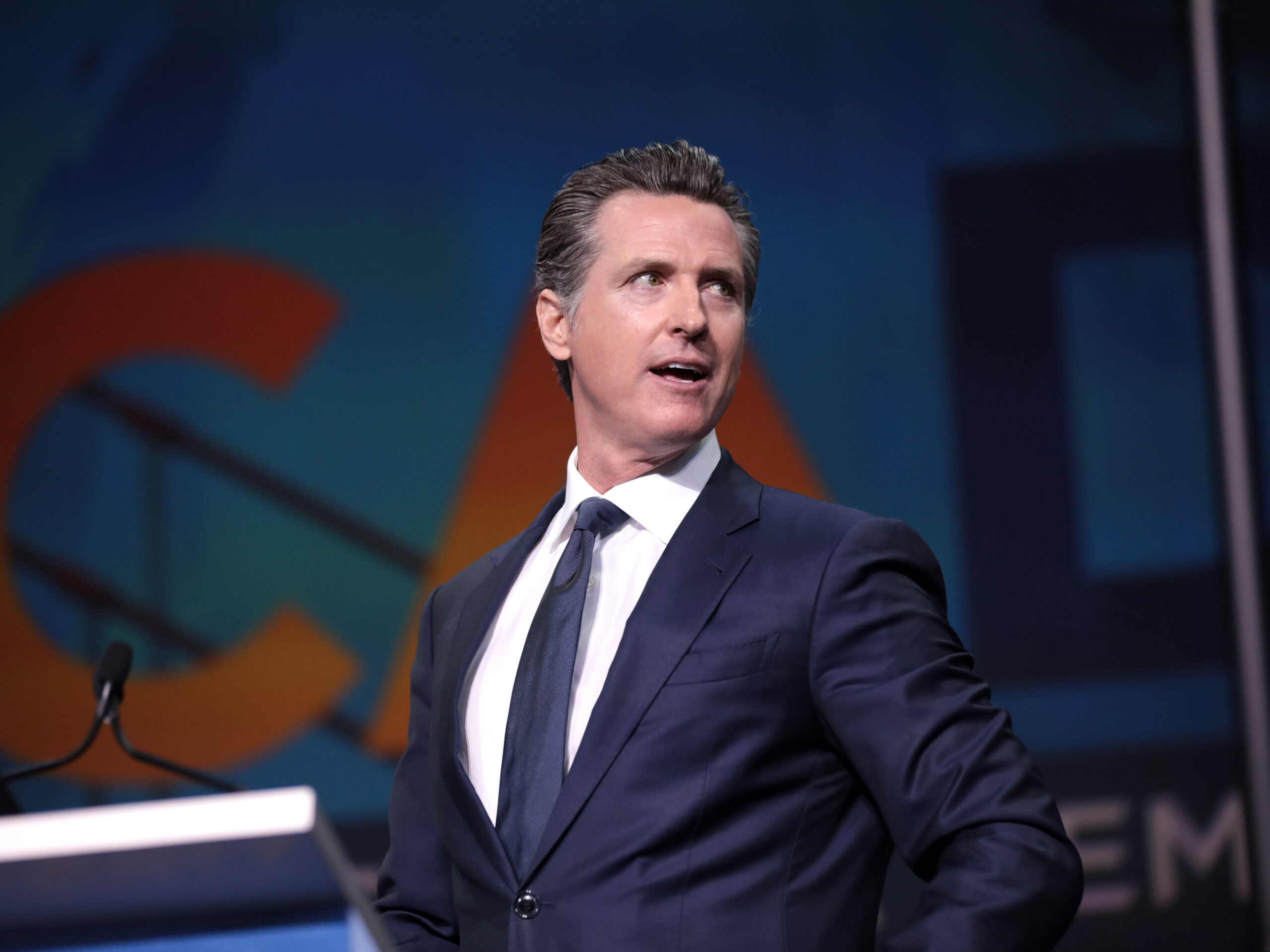
On Oct. 8th, Gov. Newsom vetoed Assembly Bill 1456 “The Cal Grant Reform Act,” which would have expanded financial aid to another 160,000 community college students. He stated it would result in “significant cost pressures to the state, likely in the hundreds of millions of dollars annually.” Another consideration of his was that it could lead to tuition hikes at the Universities of California and Cal State Universities, which could discourage prospective students. He made this veto decision despite the fact that the bill was passed unanimously in the legislature and had no votes cast against it.
This is not to say that Newsom has been unsupportive of affordable college. On Oct. 6th, Newsom signed a $47 billion package to make the Universities of California and Cal State Universities more affordable, help fund affordable housing for students and add more funding to financial aid programs. The only caveat to this is that the benefactors here would mainly be students who have already been accepted into a UC or CSU. Typically, students who go directly into these universities come from supportive households who have some means of supporting these students. This financial aid package inadvertently excludes students who may not be as fortunate and are considering attending community college first.
Community colleges serve as a stepping off point for individuals who want to make a marked change in their life, regardless of their age or prior academic performance. Community college students might be parents, work full-time jobs or have a myriad of responsibilities that they attend to while pursuing their education. It’s vital to fund these students whose backgrounds may not be as simple as the high school student who went directly to university. The Cal Grant bill would have expanded funding eligibility by getting rid of GPA requirements for incoming community college students. This would have been monumental for older students returning to college who may no longer have access to high school transcripts or students who were not able to keep their grades up in high school. Without funding, these prospective students may be discouraged to even attempt pursuing an education that they would have to pay out of pocket for or take on debt to begin.
Accruing debt is frightening for the majority of students, and rightfully so. New opportunities could arrive or family affairs might surface that don’t allow them to complete their education, leaving the debt hanging over their heads. Student debt isn’t necessarily a bad thing, especially if the investment is one that pays big dividends in the long run. A college education could result in higher paying careers with more open doors and opportunities. Still, many community college students use their junior college time to decide what career they want to pursue or if schooling is something they want to accomplish at all. AB 1456 would have allowed these prospective students to make the choice of returning to school after an extended leave from education without worrying about fees, which may be their only deterrent. Unfortunately, Newsom vetoed the bill, and for the time being, prospective students will have to consider these fees as they make the decision to begin community college.
California benefits from having a more educated populus. Higher education contributes to less unemployment, less crime, less dependence on public assistance programs, higher tax revenues and greater political and civic engagement. Newsom seemed to have understood this, which is why he made the $47 billion investment that he did, but by vetoing AB 1456, he denied financial aid to those who needed it the most. Since many students who choose the community college route come from low-income households, Newsom vetoing this bill upholds an obstacle for those people trying to work their way up into the middle class.
We can only hope that this bill gets passed again to continue giving Californians from all economic backgrounds new educational opportunities to grow and succeed. Higher education is not a simple endeavor, but if someone decides to improve their life through it, they should be supported in these goals. An investment in accessibility to higher education is an investment in the quality of society that can be created in California.







